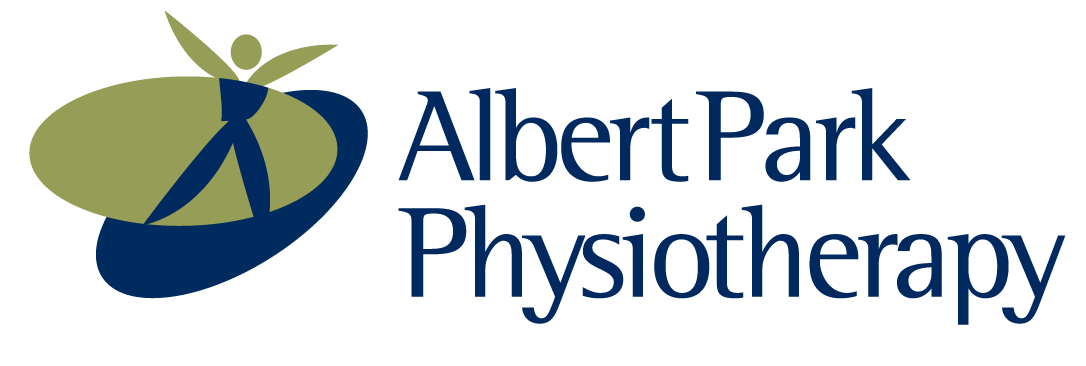Ankle sprains, though common, can be a significant setback in our lives’. Whether caused by a misstep on uneven ground or during sport, these injuries can lead to pain, swelling, and a loss of function. If you need a swift and effective recovery, Albert Park Physiotherapy can help!
Physiotherapy assessment of ankle sprains is a meticulous process, aiming to identify the extent of the injury and its impact on the patient's overall function. Our skilled physiotherapists will conduct a thorough examination, assessing joint stability, muscle strength, flexibility, and proprioception. This comprehensive evaluation guides the development of a personalized treatment plan tailored to your needs.
Treatment often begins with the R.I.C.E. protocol – Rest, Ice (ankle ice baths are very effective), Compression, and Elevation – to manage pain and reduce swelling. Once the acute phase subsides, the focus shifts to restoring normal joint function and strengthening the supporting muscles. Range of motion exercises, balance retraining, and proprioceptive drills become integral components of the rehabilitation process to meet your goals.
A key aspect of physiotherapy for ankle sprains is the gradual progression of exercises, ensuring that the injured ligaments and muscles are strengthened without risking re-injury. Therapeutic modalities such as ultrasound, electrical stimulation, and manual therapy, taping or bracing may also be employed to enhance healing and alleviate pain.
Our holistic approach addresses not only the immediate symptoms, but also the underlying causes of the injury. Through our expert assessment and targeted treatment, Albert Park Physios empower our clients to regain control of their ankle health, helping them stride confidently towards a full recovery. So, if an ankle sprain has halted your momentum, come in and we can put you back on the path to pain-free mobility.










